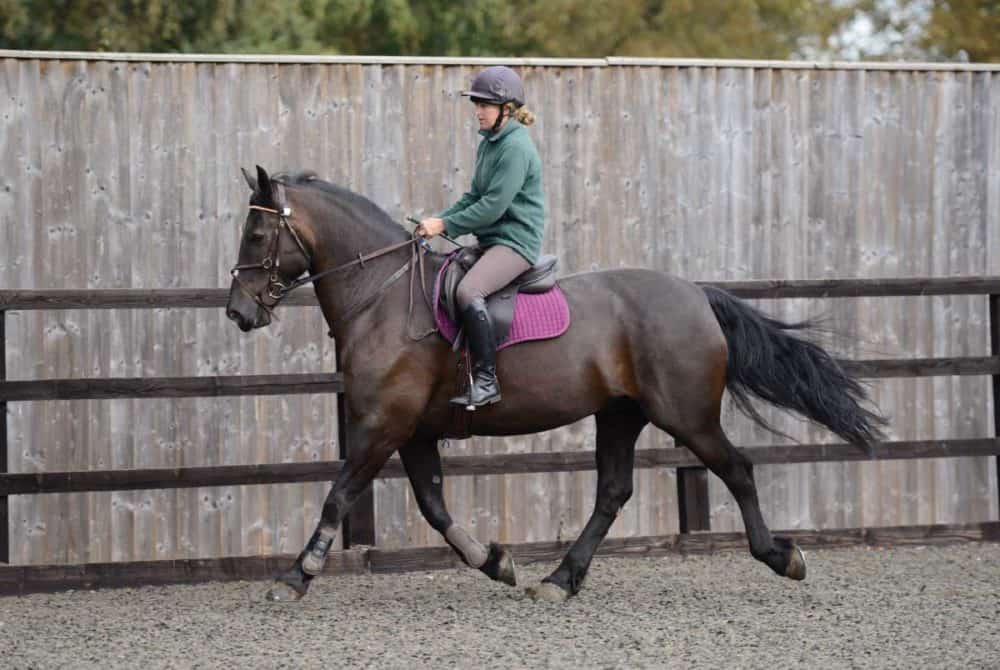How to spot a lame horse
Posted 16th May 2022
Do you know if your horse is sound – and would you know what to look for if he wasn’t? Vet Elen Lawton discusses common issues

Lameness is something that affects most horses at some point in their lives, and it’s a term used to describe a change in a horse’s gait, usually in response to pain somewhere in a limb, or as a result of a mechanical restriction of movement. Sometimes this change is really obvious – even to the untrained eye – but other times, the signs can be so subtle that milder cases easily go unnoticed. However, spotting the signs early can make a huge difference to the prognosis – so what should you be looking out for?
What might you see?
Depending on the severity, you may notice lameness while leading your horse in from the field or even while he’s standing still. For example, a foot abscess or fracture usually causes severe lameness that is evident in walk – some horses will be unable to weight bear at rest. Moderate lameness is usually readily apparent when trotting in hand, whereas a more subtle lameness may only be evident during certain manoeuvres under saddle, such as canter transitions on one rein, or on the lunge.
It’s important to make note of the signs your horse is showing and when, so they can be recreated during a lameness exam with your vet. For example, if your horse only feels different when striking off into left canter, make sure you show this to your vet. On the other hand, perhaps his response to a routine activity may have changed significantly – he might have recently developed a reluctance to go into the arena or shows signs of difficulty lifting a limb for the farrier. Changes such as these are useful to tell your vet.
What might you feel?
If your horse becomes lame in front, you may feel a head nod while you’re riding – particularly if it’s a more severe lameness. You may also feel him shorten his stride more noticeably when turning towards the direction of the lame limb.
In a less marked lameness, you may notice resistance or increased difficulty on one rein, during a particular transition or movement, or while performing a manoeuvre that would usually be straightforward. When jumping, a horse may avoid landing on one lead, prefer to jump off one rein or struggle to jump related distances.
Pick up a copy of June Horse&Rider magazine, on sale 19 May 2022, for more information on lameness and how it’s assessed.











